Portraits in Oversight:
Rep. John Dingell, Jr., An Oversight Champion
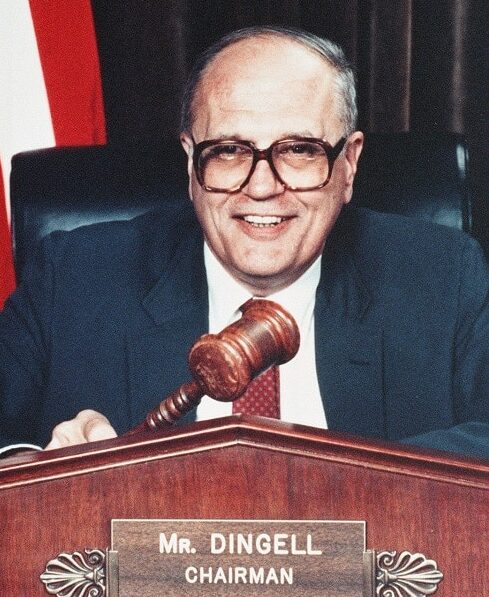
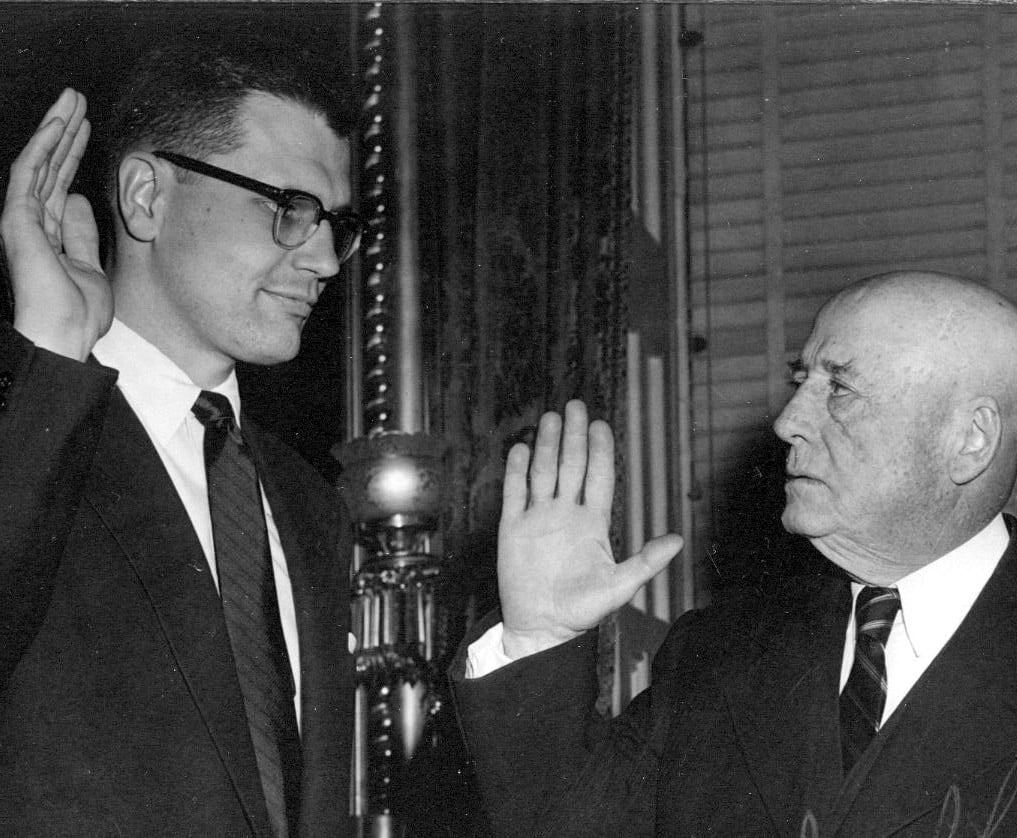
John D. Dingell, Jr. holds the record as the longest serving member of the U.S. House of Representatives with more than 59 consecutive years of service, spanning 30 terms.[1] He represented southeast Michigan from December 1955 to January 2015. He also chaired the House Energy and Commerce Committee, as well as its Subcommittee on Oversight and Investigations, from 1981 to 1995 and again from 2007 to 2009, and was its ranking member from 1995 to 2007. During those years, he became a towering figure in the world of congressional oversight and one of the most powerful members of Congress. He epitomized how a strong focus on oversight can translate not only into political leadership but also into a legacy of meaningful legislative reforms.
John Dingell Jr. first walked the House floor in 1938, when he served as a high school page on the Republican side. He was following in the footsteps of his father, John Dingell, Sr., who would end up serving over two decades in the House representing Michigan from 1933 to 1955. John Jr. was still serving as a page on the House floor when, in 1941, President Franklin D. Roosevelt asked a joint session of Congress to declare war on Japan following the bombing of Pearl Harbor. In 1944, when he turned 18, he joined the U.S. Army to fight in that war.[2] Many years later, when he retired from the House in 2015, he was one of the last World War II veterans in Congress.[3]
After his military service, John Dingell went back to school, earned college and law degrees, and worked briefly as a county prosecutor in Detroit. In 1955, following the death of his father, he won a special election to take his seat in the House at the age of 29. In 1957, he was assigned to the prestigious Energy and Commerce Committee (then called the Interstate and Foreign Commerce Committee) which, at the time, reviewed about half of the legislation considered by the House. It was there that he began to learn and practice the art of oversight.
Republican Representative Fred Upton of Michigan, who served as Energy and Commerce Committee chair from 2011 to 2017, recalled Rep. Dingell’s expansive interpretation of the committee’s oversight jurisdiction: “If it moves, it’s energy, and if it doesn’t, it’s commerce.” Democratic Representative Henry Waxman from California, who chaired the committee from 2008 to 2011, recalled how at one point Rep. Dingell hung a photograph of the Earth taken from space in the committee’s hearing anteroom to remind members of the scope of their oversight authority.[4] He was also known to point to the image and tell members and staff, “That is our committee’s jurisdiction.”[5] The wide variety of hearings held by Rep. Dingell through the Subcommittee on Oversight and Investigations further demonstrated his view of the committee’s broad reach, examining issues related to health insurance, nuclear power, food safety, biotechnology, stock markets, defense spending, environmental concerns, and scientific fraud.[6]
Rep. Dingell believed in vigorous oversight and readily used a variety of congressional tools to advance his inquiries. The oversight subcommittee issued frequent subpoenas, and Rep. Dingell required every witness to testify under oath. He also became famous for sending “Dingell-grams,” hard-hitting, lengthy letters requesting documents and information from the targets of his investigations. Witnesses suspected of making false statements could face contempt of Congress proceedings, even criminal prosecution by the Executive Branch, as President Ronald Reagan’s former senior adviser Michael Deaver learned when he was convicted of perjury in 1987, for lying to the subcommittee about his lobbying activities.
“Every chapter of Chairman John Dingell’s life was lived in service to our country, from his time as a House page, as a teenager, to his time in World War II, to almost six decades of serving the people of Michigan in the U.S. Congress. John Dingell leaves a towering legacy of unshakeable strength, boundless energy, and transformative leadership. … His leadership will endure in the lives of millions of American families he touched.”
Nancy Pelosi, Speaker of the House; February 8, 2019
One of the subcommittee’s greatest strengths was its bipartisan approach. Rep. Dingell made clear that he believed all government actors, regardless of party, should be subject to oversight:
[W]e have gone after Democratic appointees and Republican. We have made misery for Democratic-controlled agencies in government and regulatory agencies appointed by Democratic administrations, and we have done the same thing to Republicans. We are quite indifferent about that. The law is the law, and we are here to see that it will be carried out.[7]
Rep. Dingell was well-known for negotiating with the Republicans on his committee to find compromises, build coalitions, and minimize partisan disagreements while advancing the committee’s investigations.
Another subcommittee strength was its experienced, assertive, and bipartisan staff. Rep. Dingell often said that there was no minority staff or majority staff, “only subcommittee staff.”[8] From the onset of a new investigation, Dingell staff involved their counterparts across the aisle in every aspect of the inquiry, including providing access to documents, conducting joint interviews, and providing advance notice of hearings. One 1992 academic study described cross-party relationships within the oversight subcommittee as “congenial and based upon mutual respect.” In addition, the study noted that, in interviews, the oversight subcommittee staff described their chair as being as fiercely loyal to them as they to him, praising “his leadership, support, and integrity.”[9]
During the Dingell years, the Energy and Commerce Oversight and Investigations Subcommittee conducted multiple high-profile investigations and gained a reputation as a highly competent investigative force for Congress. The investigations often exposed dramatic examples of waste, fraud, or abuse affecting government programs, American families, or honest taxpayers, including:
- the purchase of multi-million-dollar Army helicopters that frequently broke down and required expensive repairs;
- improper billing by a respected university seeking taxpayer reimbursement of such alleged research overhead expenses as depreciation of a 72-foot yacht, athletic event tickets, fresh flowers, and antiques;
- unsafe bottled drinking water made possible by lax government standards, limited testing, and few restrictions on contaminants; and
- price gouging of American families dependent upon natural gas for heat, due in part to the Federal Energy Regulatory Commission’s failure to track gas prices from older wells and enforce certain gas pricing laws against producers.
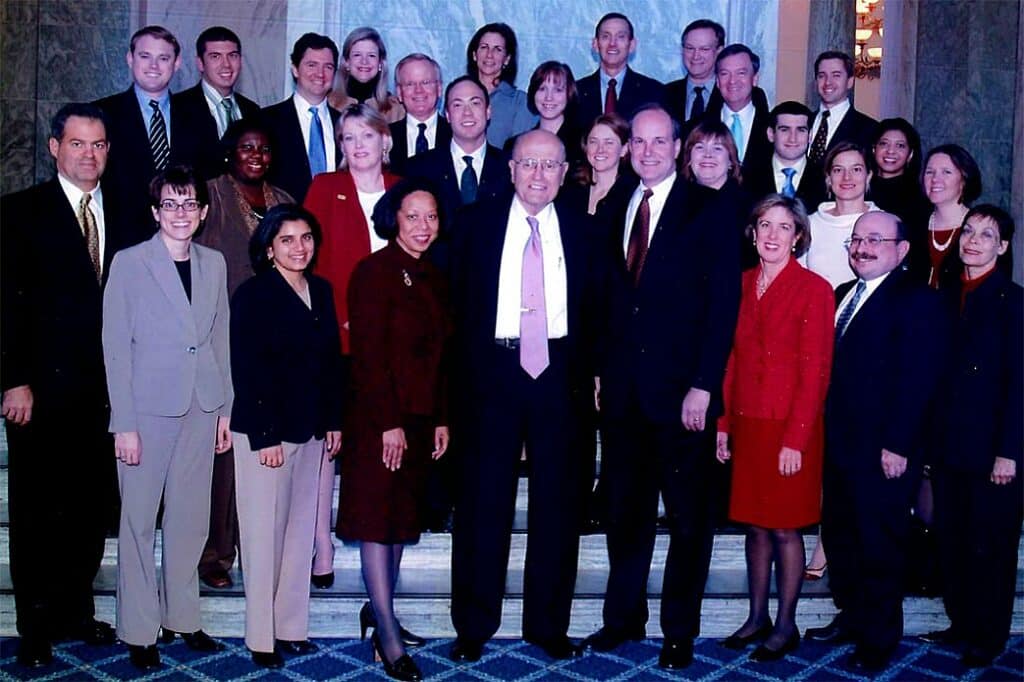
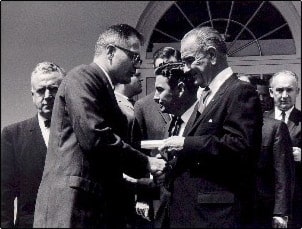
The issue that received the most sustained oversight attention from Rep. Dingell involved health care, a topic of great concern to his father as well. The elder John Dingell had proposed a universal health care bill in 1943; after John Jr. won his seat in a 1955 special election, he reintroduced his father’s bill every year until the end of his congressional career. In 1965, he presided over the House session when the Medicare Act was passed, viewing it as one of the highlights of his tenure.[10] By the end of his 59-year career, in addition to holding numerous oversight hearings, Rep. Dingell had sponsored more than 100 health care bills and co-sponsored over 400.[11]
Many of the health care hearings held by the Oversight and Investigations Subcommittee under his leadership helped produce important, bipartisan reforms. In 1988, for example, Mylan Laboratories approached the subcommittee with evidence that its drug patent reviews were being delayed in favor of its competitor. The subcommittee initiated a two-year inquiry which, among other revelations, found evidence that some Food and Drug Administration (FDA) officials were accepting bribes from generic drug manufacturers to prioritize their applications or obtain confidential information about competing products.[12] Staff investigators also found shocking evidence of corporate misconduct, including one drug manufacturer that had secretly emptied capsules of a brand-name drug into its generic capsules before performing bioequivalence tests so the results would show the samples as identical.[13]
Between May 1989 and December 1990, Rep. Dingell presided over a dozen oversight hearings related to the generic drug industry, producing more than 1,800 pages of testimony. The wrongdoing uncovered by the investigation sparked numerous criminal prosecutions resulting in convictions of 70 individuals from the FDA and pharmaceutical industry, convictions of 22 drug companies, and fines totaling $50 million.[14] The scandal also led to changes in FDA leadership and a major reevaluation of FDA problems and programs.
In addition, in 1991, based on the subcommittee’s findings, Rep. Dingell introduced the Generic Drug Enforcement Act, which was co-sponsored by every member of the full Energy and Commerce Committee. The bill authorized the FDA to ban individuals found to have engaged in wrongdoing from participating in the development or approval of drug applications and to sanction companies found to have committed abuses during the application process. It was signed into law by President George H.W. Bush on May 13, 1992.
The oversight subcommittee delved into many other health care related topics as well, including:
- Five days of hearings in 1985 and three in 1986 on prescription drug diversion and counterfeiting;
- Three days of hearings in 1989 on insurance company insolvencies;
- One hearing in 1989 on elderly health insurance gaps and problems;
- Two hearings in 1991 on the safety of the nation’s blood supply;
- One hearing in 1991 on the need for federal regulation of insurance companies;
- Two hearings in 1991 and one in 1992 about health care fraud and waste; and
- One hearing in 1992 concerning the FDA’s drug and device review process.
Medical device safety became the focus of an intensive investigative effort by the Dingell subcommittee. In 1988, the subcommittee learned that the Bjork-Shiley Convexo/Concave heart valve, implanted in 86,000 patients between 1979 and 1986, was known to have failed nearly 400 times and led to death in nearly 250 of those cases.[15] Through a year-long investigation and two hearings, the subcommittee found:
- despite being aware of manufacturing and quality problems, Shiley, Inc. continued to market the heart valves;
- the company failed to submit manufacturing process changes to the FDA as required by law;
- Shiley, Inc. ignored requests from the FDA for quality control data and refused to provide valves for third party research; and
- when a particular type of heart valve was suspended by the FDA, the company continued to market it internationally.[16]
The subcommittee also exposed poor oversight by the FDA related to the defective heart valves. For example, the investigation found:
- “the FDA Centers for Devices and Radiological Health failed to heed the warnings and reports of product failure … and failed to suspend manufacturing operations until a solution to the strut fracture problem could be identified”;
- the FDA “failed to aggressively monitor” product performance data;
- the FDA “did not actively participate in notifying the medical or patient community of the risks”;[17] and
- lacking regulatory guidelines, the FDA “could not assess Shiley’s manufacturing process” to assure the reliability of its heart valves.[18]
Findings from this and similar investigations were later compiled into a 1993 subcommittee report entitled, “Less Than the Sum of its Parts: Reforms Needed in the Organization, Management, and Resources of the Food and Drug Administration’s Center for Devices and Radiological Health.”
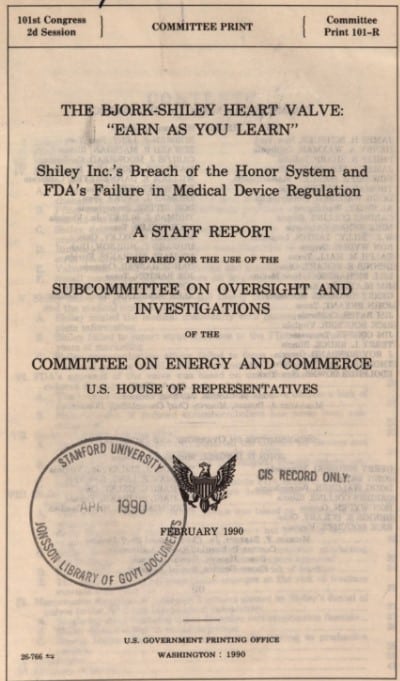

The subcommittee’s work led to multiple FDA reforms. The Safe Medical Devices Act of 1990, introduced by Energy and Commerce Committee member Henry Waxman and cosponsored by committee chair Dingell, addressed many of the problems uncovered by the investigation. Among other provisions, it required medical facilities to report to the federal government, the manufacturer, or both “whenever they believe there is a probability that a medical device has caused or contributed to a death, illness, or injury.” The Act mandated compliance audits on the extent to which facilities were meeting their reporting obligations and manufacturers were responding to reported problems. Manufacturers were also obligated to track the performance of their medical devices. In addition, for the first time, the Health and Human Services Secretary was given explicit authority to order a company to stop distributing a medical device if there is “a reasonable probability that a device would cause serious, adverse health consequences or death” and to issue a recall of products already sold.[19]
The subcommittee’s work led to a significant number of other important health care laws as well, each of which was sponsored by Rep. Dingell and arose from his oversight inquiries into the health care field. They included:
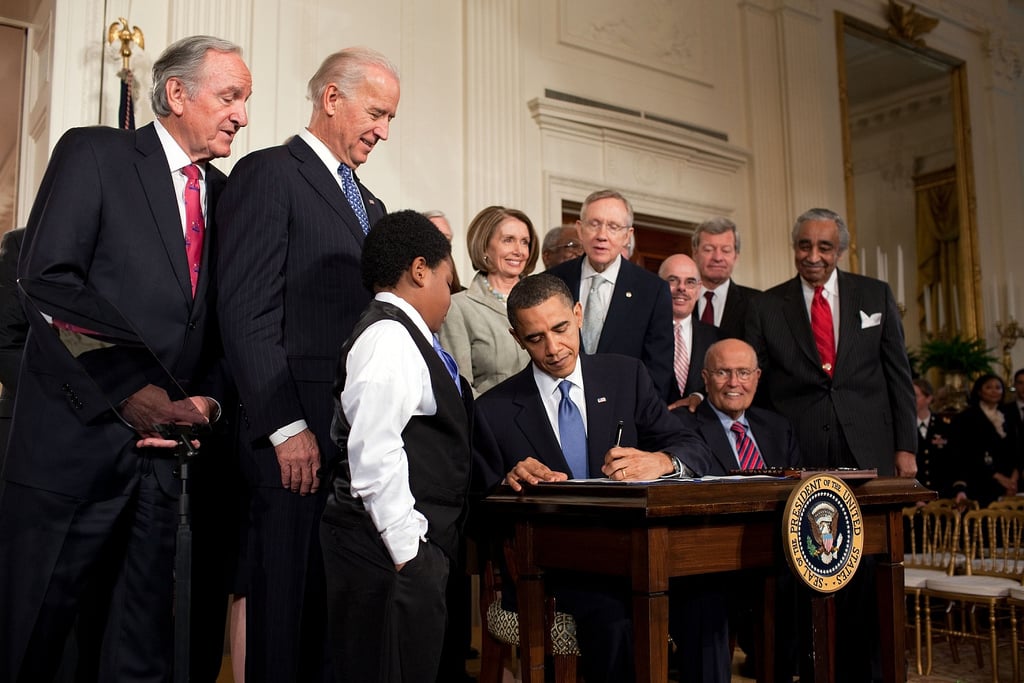
In addition to helping to enact specific health care reforms into law, Rep. Dingell continued his years-long effort to expand the availability and affordability of health care insurance for American families. In 2010, when the House voted on final passage of the Patient Protection and Affordable Care Act (ACA), Rep. Dingell loaned to Speaker of the House Nancy Pelosi the gavel he had used when presiding over enactment of Medicare in 1965. Later, he was invited to sit beside President Barack Obama at the ACA’s signing ceremony in recognition of his work on the bill as well as a lifetime of fighting for health insurance benefiting the American people.
Given his many high-stakes hearings, not every Dingell inquiry was free of controversy. For example, a 1989 hearing in which Rep. Dingell essentially charged a Nobel Laureate with conducting fraudulent research was criticized as unfair and heavy-handed.[20] A federal appeals court subsequently rejected the oversight subcommittee’s findings, concluding the underlying evidence was unreliable and based on “unwarranted assumptions.” Rep. Dingell’s position was that, given the billions of taxpayer dollars spent on research, his subcommittee’s responsibility was to ensure federal funds were spent properly and systems were established to uncover and correct improper research results. Rep. Dingell defended the subcommittee’s approach at the Massachusetts Medical Society’s Annual Shattuck Lecture in 1993:
Legitimate questions have been raised about precisely how misconduct should be defined, but the subcommittee has never sought to explore the outer reaches of this concept. … Rather, we have looked only at clear-cut cases involving fabrication, falsification, or plagiarism …. Although many cases are referred to our subcommittee, once preliminary investigation establishes that only differences of opinion or mistakes arising from honest error are at stake, we leave the matter to the scientific community.[21]
Rep. Dingell was a larger-than-life figure in Congress. Standing over six feet tall with long arms, large expressive hands, and a booming voice, he physically dominated his surroundings yet was also known for friendly and respectful interactions with colleagues. At the same time, he was known to use his towering stature to cajole colleagues, challenge hearing witnesses, and intimidate wrongdoers. His sharp intellect, tireless work ethic, and fearless confrontation of powerful interests won him the respect of both those who supported his work and those who came under his scrutiny.
Rep. Dingell’s accomplishments extended far beyond the oversight work that won him national acclaim. His successes included defending the auto industry during the 2008 financial crisis when others would have allowed the U.S. car companies to fail; strengthening environmental protections through such landmark bills as the Clean Air Act, Clean Water Act, and Endangered Species Act; and advancing civil rights including by supporting the 1964 Civil Rights Act despite knowing it would endanger his re-election. Oversight is where Rep. Dingell made his mark, but it was only one aspect of his multi-faceted congressional career.
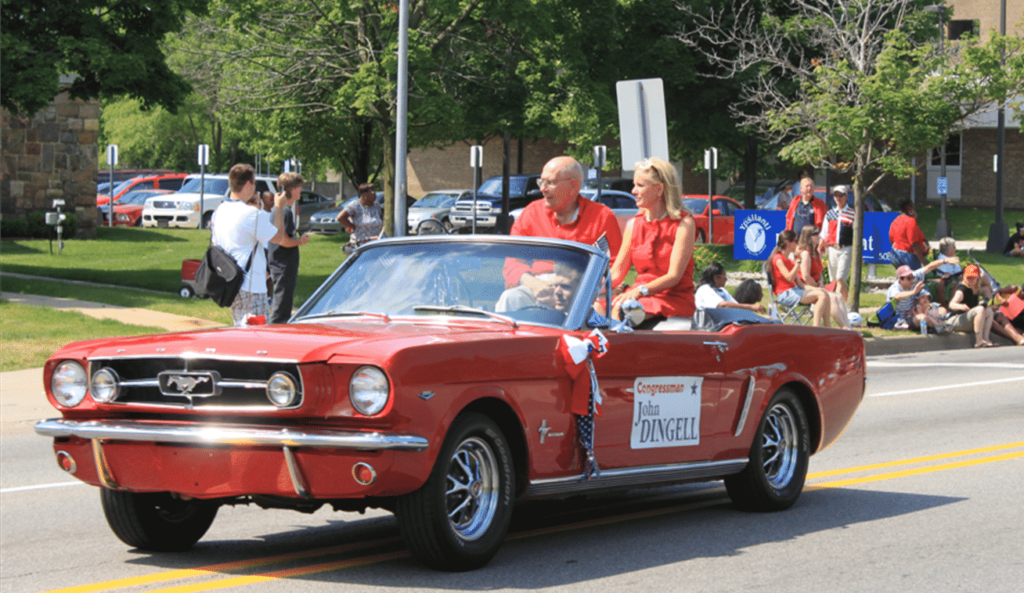
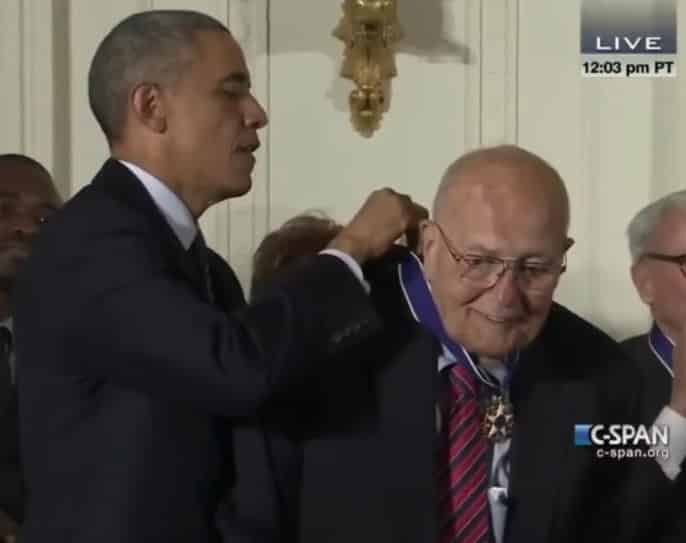
In recognition of his lifetime of public service, on the eve of his 2015 retirement Rep. Dingell was called to the White House to receive from President Obama the Presidential Medal of Freedom. By then he’d cast more than 21,000 roll call votes, presided over countless oversight hearings, sponsored hundreds of bills, and emerged undefeated from 30 elections. He left the House a revered figure. His wife of many years, Debbie Dingell, was elected to his seat, maintaining the decades-long presence of a Dingell representative in Congress.
Even after retirement, Rep. Dingell continued to contribute to the national dialogue, offering social media commentary that was so poignant and witty it attracted thousands of followers.
In 2019, at the age of 92, Rep. Dingell passed away peacefully in his sleep. A few days later, Politico offered this commentary on his nearly six-decade career:
Modern America is as much a creation of John Dingell’s life work as anyone’s. If you or a parent or grandparent have relied on Medicare or Medicaid; if you’ve seethed about the lack of gun control; if you’ve cheered that segregation of public places is illegal and employment discrimination is banned; if you’re thankful for the continued existence of the U.S. auto industry; if you’ve raged about gas-guzzling cars contributing to climate change; if your health insurance is purchased on the Obamacare exchanges; if you’ve swum in lakes or rivers or oceans free from toxic pollution; if you’ve drunk a glass of or bathed your children in tap water with confidence that it’s free from contamination; then John Dingell played a role in your life.[22]
[1] U.S. House of Representatives. (2021). Record holders. History, Art & Archives. https://history.house.gov/Institution/Firsts-Milestones/Record-Holders/
[2] Dingell, J. D., & Bender, D. (2018). The Dean: The best seat in the House (R. Shapiro, Narr.) [Audiobook]. HarperAudio.
[3] Gonyea, D. (2014, December 9). Congress says goodbye to its last World War II vets. NPR. https://www.npr.org/sections/itsallpolitics/2014/12/09/369663245/congress-says-goodbye-to-its-last-world-war-ii-vets
[4] Waxman, H. A. (2019, February 11). John Dingell: A health care giant. Health affairs. https://www.healthaffairs.org/do/10.1377/hblog20190211.307999/full/
[5] D. Fitzgibbons, personal communication, December 7, 2021.
[6] Burton, D. D. (1992). Aggressive Oversight: The Subcommittee of Oversight and Investigations of the House Energy and Commerce Committee (Publication No. 1539625755.) [Master’s thesis, The College of William and Mary]. W&M ScholarWorks. https://doi.org/10.21220/s2-aqny-ps39
[7] Donlan, T. G. (1985, April 15). The samurai warrior from Michigan. Barron’s, 65(15), 28.
[8] Burton, D. D. (1992).
[9] Burton, D. D. (1992).
[10] Waxman, H. A. (2019, February 11).
[11] Legislation sponsored or cosponsored by John D. Dingell. (n.d.). Congress.gov. Retrieved November 4, 2021, from https://www.congress.gov/member/john-dingell/D000355
[12] Burton, D. D. (1992).
[13] FDA’s generic drug approval process: Hearings before the Subcommittee on Oversight and Investigations of the Committee on Energy and Commerce, 101st Cong. (1989). https://www.google.com/books/edition/FDA_s_Generic_Drug_Approval_Process/zuprXWweSq4C
[14] Famulare, J. (2015, October 5). How to prevent, detect, and respond to data integrity events [PowerPoint slides]. PQRI Fall Conference. https://pqri.org/wp-content/uploads/2015/10/03-Famulare-PQRI_DataIntegrity_final_2015.pdf
[15] The Bjork-Shiley heart valve “Earn as you learn”: Shiley Inc.’s breach of the honor system and the FDA’s Failure in medical device regulation, U.S. House of Representatives, 101st Cong., (H.R. Rpt. 101-R). (1990). p. 2. https://www.google.com/books/edition/The_Bjork_Shiley_Heart_Valve/R5-fyBCbDsYC
[16] H.R. Rpt. 101-R. (1990), p. 2.
[17] H.R. Rpt. 101-R. (1990), p. 3.
[18] H.R. Rpt. 101-R. (1990), p. 4.
[19] Congressional Research Service. (1990, October 26). Summary H.R. 3095 – Safe Medical Devices Act of 1990. https://www.congress.gov/bill/101st-congress/house-bill/3095
[20] The Scientist (June 26, 1989). Dingell Hearings on Science Fraud: More Overkill than Oversight. http://www.garfield.library.upenn.edu/essays/v14p350y1991.pdf
[21] Dingell, J.D. (1993, June 3). Shattuck Lecture: Misconduct in medical research. The New England Journal of Medicine, 328(22), 1610 – 1615. https://doi.org/10.1056/NEJM199306033282207
[22] Stanton, Z. (2019, February 8). You’re living in the America John Dingell made. Politico. https://www.politico.com/magazine/story/2019/02/08/john-dingell-obituary-funeral-politics-analysis-224929/
Learn More
- 2009 tribute upon his becoming the longest serving House member;
- The Dean: The Best Seat in the House by John Dingell Jr. and David Bender;
- Aggressive Oversight: The Subcommittee of Oversight and Investigations of the House Energy and Commerce Committee (1992 masters thesis) by D.D. Burton;
- Dingell: The House’s Link to Health-Care History
- Dingell interviewed as Presidential Medal of Freedom recipient
FDA’s Generic Drug Approval Process hearings
Other Oversight Hearings Led by Rep. Dingell

